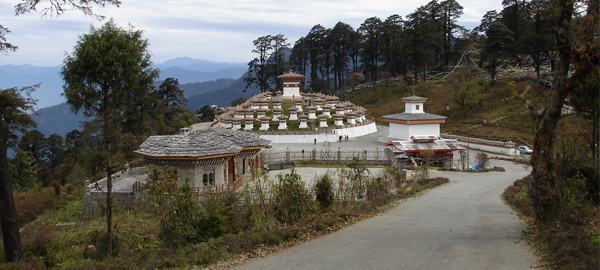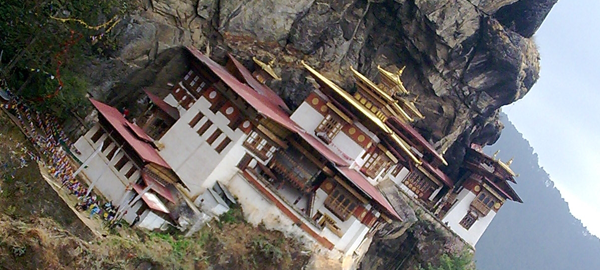We Bhutanese enjoy meals with chilies and it is so important for every dish. Bhutanese disk are different from others because of its spiciness.
Rice forms the main body of most Bhutanese meals. It is accompanied by one or two side dishes consisting of meat or vegetables. Pork, beef and chicken are the meats that are eaten most often. Vegetables commonly eaten include Spinach, pumpkins, turnips, radishes, tomatoes, river weed, onions and green beans. Grains such as rice, buckwheat and barley are also cultivated in various regions of the country depending on the local climate.
Bhutanese cuisine employs a lot of red rice (like brown rice in texture, but with a nutty taste, the only variety of rice that grows at high altitude), buckwheat and increasingly maize. The diet in the hills also includes chickens, yak meat, dried beef, pork, pork fat, and muttons. Soups and stews of meat, rice, ferns, lentils, and dried vegetables, spiced with chili peppers and cheese, are a favorite meal during the cold seasons. Zow shungo is a rice dish mixed with leftover vegetables. Ema datshi made very spicy with Cheese and chili peppers might be called the national dish for its ubiquity and the pride that Bhutanese have for it. Other foods include jasha maru (a chicken dish), phaksha paa, thukpa bathup, and fried rice. Popular snacks include momo (Bhutanese dumplings), shakam eezay, and liver. Dairy foods, particularly butter and cheese from yaks and cows, are also popular, and indeed almost all milk is turned into butter and cheese.
Above described are some meals that we had for meals, but for visitors we will do our best to help you.
Transportation
Transport in Bhutan comprises approximately 8,000 kilometres (5,000 mi) of roads and four airports, out of which 3 are operational and interconnected. Paro Airport is the only airport that serves international flights. As part of Bhutan's infrastructure and modernization programs, its road system has been under development since the 1960s.
We will be proving Vehicle services with guide during you tour here in Bhutan. If you want to avail domestic flight facilities and so on keep in touch with us chushel14@gmail.com.









